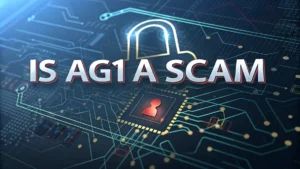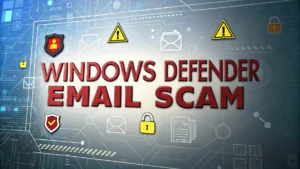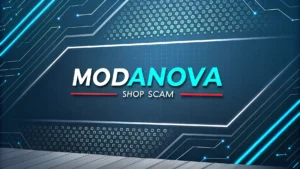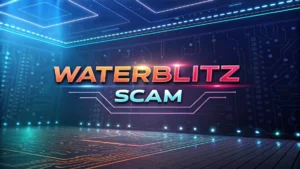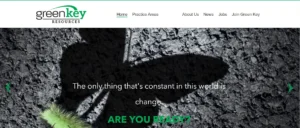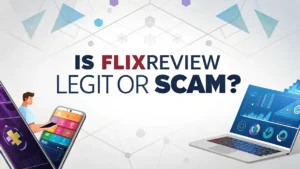Have you ever heard about people pretending to be from the City Department of Transportation? It sounds crazy, but it happens more than you think. Scammers are always looking for ways to trick people into giving them money or personal information.
In this blog post, we will talk about how these scams work and what you can do to stay safe. By the end of this article, you will know exactly how to spot a scam and protect yourself from becoming a victim.
Key Takeaways
- Scammers pretend to be from the City Department of Transportation to steal your money or personal details.
- Always check emails and text messages carefully before clicking on any links or giving out information.
- Some scammers use fake websites that look real, so you need to be extra careful.
- The best way to avoid scams is to never trust anyone who asks for payment or personal info over email or phone.
- If you think you have been scammed, report it right away to keep others safe.
Now let’s dive deeper into how these scams happen and what steps you can take to stay safe.
What is a City Department of Transportation Scam?
A City Department of Transportation scam is when someone pretends to be from the department to trick you. They might send you an email or text message asking for money or personal info. This is not something the real department would ever do. The goal of these scammers is to get your bank account details or credit card numbers.
These scams often start with a message saying you owe money for parking tickets or fines. Scammers make the message sound urgent so you panic and act quickly. They might even include a link that takes you to a fake website. Once you enter your info, they have everything they need to steal your money.
It is important to remember that no government agency will ask for payment through email or text. If you get a message like this, stop and think before doing anything. Call the official number for the department to confirm if the message is real.
How Do These Scams Work?
Scammers use many tricks to fool people into believing their lies. One common trick is sending messages that look official. They might include logos or names that seem real. But if you look closely, you will see mistakes in the message.
Spelling errors and strange grammar are big red flags. Real government agencies proofread their messages carefully. Another trick is creating fake websites. These websites look just like the real ones, but they are designed to steal your info.
Never click on links in suspicious messages. Instead, open a new browser window and type in the official website address yourself. This way, you can be sure you are visiting the real site. Always double-check before giving out any info.
Why Do People Fall for These Scams?
People fall for these scams because they feel scared or confused. Scammers know how to push buttons to make you act fast. For example, they might say you owe money and will face legal trouble if you don’t pay right away.
This kind of pressure makes it hard to think clearly. You might not stop to question if the message is real. Another reason people fall for scams is because they want to fix problems quickly. If you think you owe money, you might pay without checking first.
Take a deep breath and slow down before responding to any urgent message. Remember, real government agencies will never pressure you into paying instantly. They will give you time to verify the request.
Real-Life Examples of City DOT Scams
There have been many cases of people being tricked by these scams. In one case, scammers sent emails claiming to be from the Department of Transportation. The emails asked people to click on a link to pay a fine.
When victims clicked on the link, they were taken to a fake website. The website looked real, but it was designed to steal their credit card info. Another example involved text messages about unpaid parking tickets. The messages included links to fake payment pages.
These examples show how creative scammers can be. They use different methods to trick people. That is why it is so important to stay alert and question everything.
How to Spot a Fake Message
Spotting a fake message is easier than you think. Start by looking at the sender’s email address. Scammers often use addresses that look almost real but have small differences.
For example, instead of dot gov, they might use dot com or dot net. Another way to spot a fake is by reading the message carefully. Real messages from the government are clear and professional. Fake messages often have spelling or grammar mistakes.
Check for urgency in the tone of the message. Scammers love to scare you into acting fast. If a message says you must pay now or face trouble, it is probably a scam.
What Should You Do If You Get a Suspicious Message?
If you get a suspicious message, the first thing to do is stay calm. Do not click on any links or reply to the message. Instead, delete it right away.
Next, contact the real City Department of Transportation using their official phone number. Ask them if the message is real. They will tell you if there is anything you need to do.
Reporting the message to authorities is also a good idea. This helps them track down the scammers and stop others from being tricked. Every little bit helps in the fight against scams.
How to Protect Yourself from Scams
Protecting yourself from scams starts with being careful online. Never share personal info unless you are 100 percent sure it is safe. Use strong passwords for all your accounts.
Enable two-factor authentication whenever possible. This adds an extra layer of security to your accounts. Another tip is to keep your software updated. Updates often include fixes for security problems.
Stay informed about common scams. The more you know, the easier it is to spot a scam. Share what you learn with friends and family too. Together, you can help keep everyone safe.
FAQs
What is a City Department of Transportation scam?
A scam where someone pretends to be from the department to steal your money or info.
How can I tell if a message is fake?
Look for spelling mistakes, strange grammar, and urgent tones.
What should I do if I think I’ve been scammed?
Report it to the authorities and contact your bank to secure your accounts.

